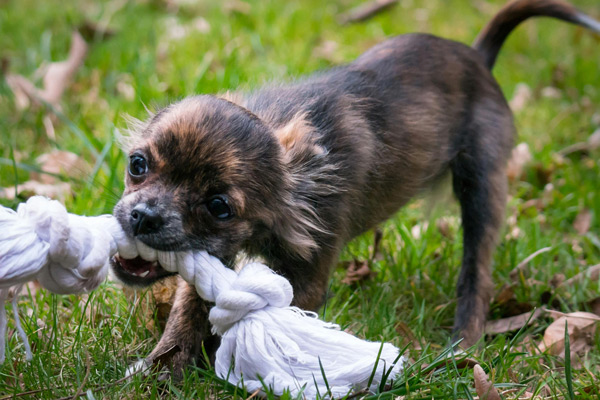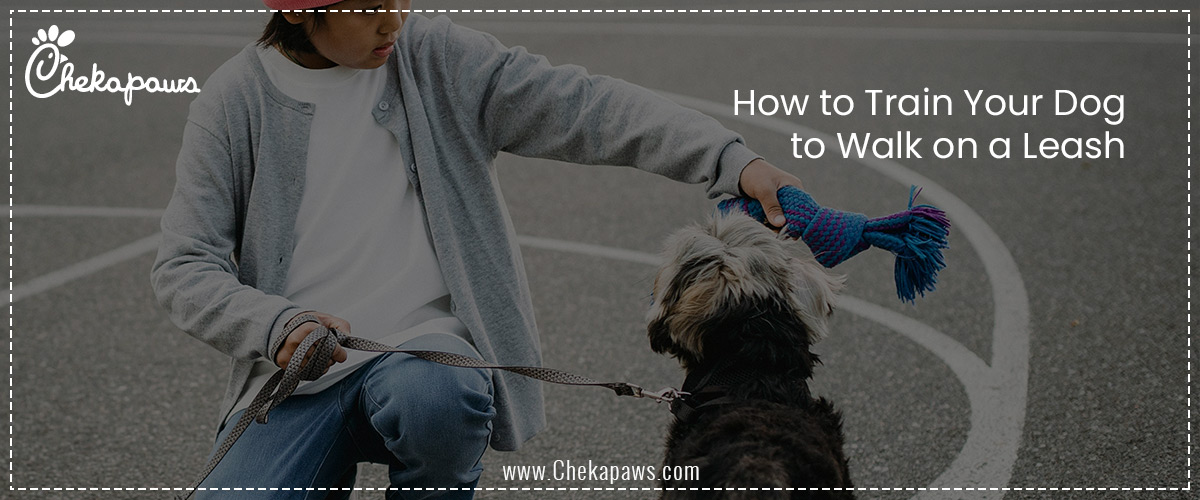Being a pet parent one of the most important—and frequently the most difficult—training milestones for any pet parent is teaching their pet to walk on a leash. Leash training is crucial for your pet’s safety, your own sanity, and the general bonding experience between owner and pet, regardless of whether you’re retraining a rescue, adopting an older dog, or raising a puppy.
We’ll cover all you need to know in this extensive guide, from choosing the appropriate equipment to developing sophisticated walking techniques. We’ll also go over how to troubleshoot typical issues including leash aggressiveness, lunging, and pulling.
Table of Contents

Why Leash Training Matters
Putting first safety
A dog that is properly leashed is safe. It keeps you from getting lost, bumping into cars, or approaching animals without permission.
Regulation in Public Areas
You may walk your dog in crowded parks, neighborhoods, or veterinary facilities with confidence after training.
Trust and Bonding
As your dog learns to rely on you for direction, structured walks improve your bond.
Behavioral Benefits
Effective leash walkers are less likely to exhibit aggression, nervousness, or leash annoyance in unfamiliar situations.
The Right Equipment
- Choosing the Proper Collar or Harness Flat collar: Excellent for non-pulling dogs.
- For dogs who lose their collars, a martingale collar is perfect.
- Harness with a front clip: Discourages pulling.
- Back-clip harness: Ideal for calm walkers or tiny breeds.
Leashes
- For beginners retractable leashes are not the best option.
- Only well-trained dogs should use hands-free leashes, but they’re ideal for joggers.
Treat Pouches and clickers: Treat pouches free up your hands, and clicker training can encourage desired behaviors.
Preparing to Train
Create a Calm Basis
Teach your dog to sit quietly as you fasten the leash before you even go outdoors. Avoid using “walk talk” to get them excited.
Select the Proper Setting
Start in your yard or indoors. Early learning requires environments with little distractions.
Select a Word of Cue
To start moving, use a word that is constant, such as “Let’s go,” “Heel,” or “Walk.”
The First Walk
Begin indoors.
- Take a couple steps.
- Give your cue word.
- When your dog follows, give them a reward.
Put “Loose Leash” into Practice Strolling
Your objective is for the leash to hang in a “J” shape. Wait and stop walking if the leash tightens.
Apply the “Be a Tree” Approach
Stop when your dog pulls. Don’t start walking again until they’re back by your side.
Bonus Often
In the beginning, give effusive praise and treatment. Behavior is cemented through reinforcement.
Going Outside
Slow Transition
As your dog becomes better, move from the backyard to a calm street and then to busier locations.
Strengthen Eye Contact
Your dog should learn to check in with you. Every time they gaze up at you, give them a reward.
Training for Distraction
Add gentle distractions, such as people, noises, and squirrels. Use a treat or a cue to draw their attention to you.
Teaching Heel
What Is “Heel”?
It suggests your dog walks precisely next to your right or left leg rather than in front of or behind you.
How to Train Heel
- Sit your dog at your side to begin.
- Step forward and say “Heel.”
- Reward them if they move with you.
- Increase the number of steps gradually before awarding.
Short-Term Practice: 5- to 10-minute sessions keep training enjoyable and avoid burnout.
Addressing Pulling and Lunging
- Understanding the Cause: Dogs pull because it allows them to advance. Often, fear or excitement causes lunging.
- Strategies for Redirection: To draw them back into position, provide them valuable gifts.
- Use the “Turn and Go” tactic, which involves walking the opposite direction if they lunge.
- Useful Tools Front-clip harness: Directs movement in your direction.
- Head halters: Needs acclimation, but provide gentle guiding.
Troubleshooting Common Problems
- Biting of Leashes: Avoid pulling back. Instead, halt your progress and reroute using a treat or toy.
- If they are persistent, temporarily use a chain leash.
- Let them sniff the leash to help them get over their fear of it.
- Without taking a stroll, practise putting it on and taking it off.
- Excessive enthusiasm: Circle them till they settle down.
- Before the stroll begins, ignore barking or jumping.
Proper Etiquette When Walking
How Dogs Interact with One Another
- Allowing on-leash greetings should only be permitted when both dogs are at ease.
- Prior to allowing dogs to greet, always get consent.
- Cleaning Up: Pack feces bags. That’s enough!
- Be mindful of public areas: Stay clear of kids’ play areas, private lawns, and gardens.
Advanced Training
- Long Leash Recalls: In a secure location, use a 20-foot training lead. Practise rewarding them by phoning them back.
- Walking in the City: Emphasize stopping at crosswalks.
- Reduce your sensitivity to scooters, bikes, and buses.
- Preparing Off-Leash: Strong recall and heel work are excellent starting points, even if you don’t plan to walk off-leash.
Training Puppies vs. Adult Dogs
Dogs(Puppy)
- Reduced capacity for sustained focus.
- Be patient and provide additional compliments.
- Start when the child is 8 weeks old.
Dogs in Adulthood
- May need to break bad habits.
- Can learn just as well, and given the correct motivation, even more quickly.
Maintaining Regularity
- Even ten minutes a day has an impact.
- Continue to Take Walks Have fun: Other routes. Bring some toys. Change up the prizes.
- Monitor Development: Keep a record of every session. Take note of accomplishments, diversions, and advancements.
When to Seek Expert Assistance
Indications That You May Require a Trainer Aggressive responses.
- Severe anxiety or terror.
- Despite regular training, there has been no progress.
- Locate a Reputable Trainer Seek out professionals who are qualified by CPDT-KA.
- Enquire about positive reinforcement techniques that don’t involve pressure.
Conclusion
Training a dog on a leash is a continuous process. You and your dog have a continuous dialogue. In addition to teaching your dog how to walk respectfully, you will create an enduring relationship with them that will make every walk an adventure if you are consistent, patient, and loving.







